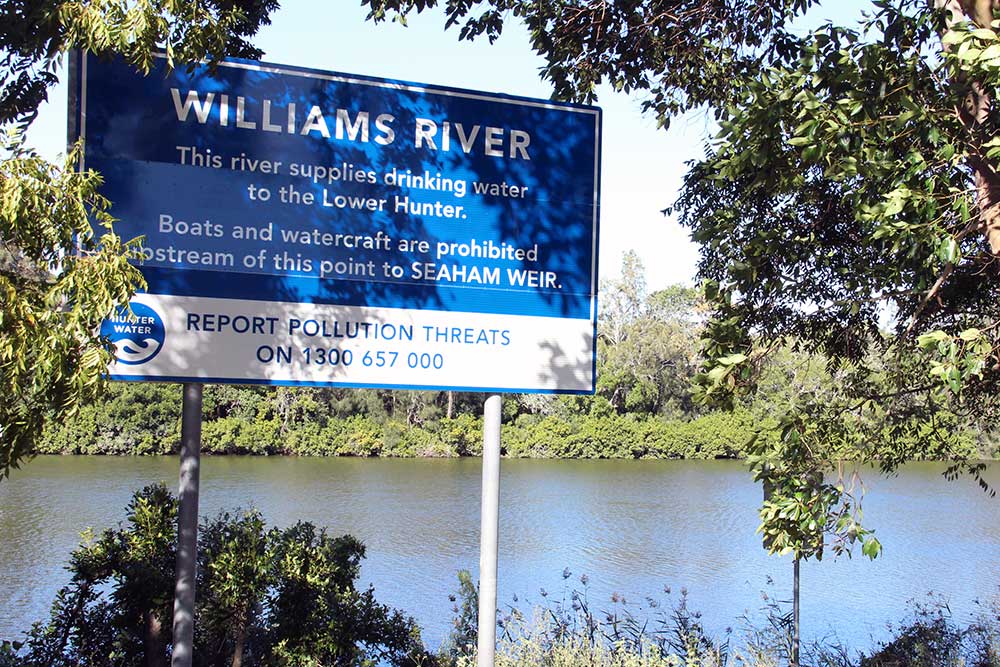MEDIA RELEASE
Antarctic ice cores reveal risks for water supply

In a world first, Australian scientists have used Antarctic ice core samples to reconstruct rainfall records for a specific water catchment.
The research identifies areas in Eastern Australia where Antarctic ice core data, while collected thousands of kilometres away, can provide proxy climate records for Australia for the last 1000 years.
The Williams River catchment, which provides water for the Newcastle region, is the first catchment the group has reconstructed from Antarctic ice core data.
The study, published in Hydrology and Earth System Sciences journal is a collaboration between the Antarctic Climate and Ecosystems CRC (ACE CRC), University of Newcastle (UON) and Australian Antarctic Division.
Hydroclimatologist and lead author, Dr Carly Tozer from the ACE CRC said the research showed exposure to drought and flood risk was higher than previously estimated.
“The study showed that modern climate records, which are available for the past one hundred years at best, do not capture the full range of rainfall variability that has occurred,” Dr Tozer said.
“The wet and dry periods experienced since 1900 have been relatively mild when we look at the climate extremes of the past millennium.”
“Looking back over the past thousand years, we see that prolonged wet periods and droughts of five years or longer are a regular feature of the climate.”
“Although this study does not tell us when the next major wet or dry period will occur, it does provide insights into how often we can expect such events and how long they might last.”
Implications for Water Resource and Infrastructure Planning
Dr Anthony Kiem, a hydroclimatologist from the University of Newcastle, said that the findings had important implications for water resource and infrastructure planning.
“Water resources infrastructure in Australia is still mostly designed based on statistics calculated from about the last 100 years of instrumental rainfall and streamflow observations,” Dr Kiem said.
“What this study shows is that existing water management plans likely underestimate the true risk of drought and flood due to the reliance on data and statistics obtained from only the relatively short instrumental period.”
“These findings will be useful for water resource managers who currently have to rely on rainfall data from the modern era, since the instrumental records do not realistically reflect longer term variability.”
“Our hope is that these findings can be used to better characterise and manage existing and future flood and drought risk.”
Value of Ice Core Science
Dr Tozer said the research showed the growing value of Antarctic ice cores as a resource for understanding long-term changes in the Australian climate.
“Antarctic ice cores can tell us a surprising amount about the climate in Australia before the start of modern climate measurements,” Dr Tozer said.
“Antarctica and Australia are connected by vast climate systems, which means we can gain insights into Australia’s past climate by looking at the subtle changes in the chemical composition Antarctic ice cores.”
This study represents a first attempt at utilising the valuable insights that ice cores provide to help address some of the practical challenges associated with water resource management and infrastructure planning.
The paper will be available for download from Hydrology and Earth System Sciences from 0900 AEST, 11 May 2016.






















